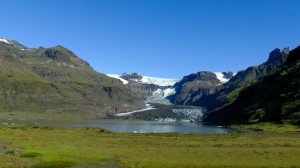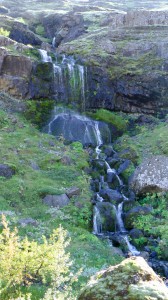In the depths of a modern city surrounded by man-made architecture, whooshing, buzzing, and flashing cues train us to flow to the tune of this anthropocentric structure. We are accustomed to thinking, behaving, and weaving within our synthetic reality. In cities, humans are enthralled with the social and academic undertakings of their peers and idols. We communicate through digital conversation portals, we work towards success within society’s definition of this word, we find new outlets for learning and fun, and we use energy to feel connected to the people and happenings that encircle us. This is no new or surprising idea. Humans, as well as all other organisms, must interact with their surroundings in order to survive and thrive. We have natural spaces in cities, including parks, trees and beautiful scenery that are often greatly appreciated, but the systems and structures through which we think, act, gain resources, and plan our lives, are man-made. This is not to say that human creations are inherently bad. I’m simply pointing out that humans living in modern civilizations are in tune with an artificial reality. In Iceland, we’ve been lucky enough to receive the opportunity to begin broadening our range of realities with which we can harmonize.

After a couple hours of hiking through moss and mushroom-covered soil, speckled with small trees and dusted over with bushes and blueberries, the CELL group arrived at a spectacular expanse of natural formations. We were encircled by moss-coated mountains, raging waterfalls, trickling streams, and a massive glacial outlet bordering an ice-cold body of water. Here, we were encouraged by our instructors, Hank and Karin, to take forty minutes of “solo time” to appreciate and connect with this natural beauty, unique in its lack of human influence. I sat on a terminal moraine, a large pile of earth lifted upwards by the inconceivably massive force of a moving glacier, which had, since then, receded far backwards. Listening to the occasional tweet of a bird, the flow of the river, the rush of the waterfalls, and a single, thunderous crash of a calving glacier put my mind at ease. All my thoughts that align with modern civilization and a human-centric reality flowed away into the fluffy clouds. As I climbed the side of a green hill, I dug my fingers into the soft, spongy, rolling, green sheets of moss, tasted the plump, sour blueberries and gulped lungfulls of crisp, unpolluted air. When I reached the edge of a small, picturesque waterfall, I stepped onto some shining black stones to surround myself with the cold, misting spray of this gravity-powered shower, and I splashed life back into my sun-soaked skin as the clear water streamed past my feet. For forty minutes, my mind, my actions, and my senses were out of sync with modern civilization and influenced only by the natural stimuli around me.

What a peaceful experience; yet I can’t constantly live like this. I value connecting through technology, and my personal goals are posed within the synthetic structures of society. Despite such constraints, there’s great worth in connecting to the natural systems that our world is made of, and excessive risk exists in limiting one’s way of experiencing the world to the manufactured realm. We don’t have to live primitive lives to recognize the workings of an untamed world. To prevent the destruction of our man-made reality, we must consider the overarching systems at play and learn to work and think within instead of drawing a sharp line of separation.
By Jason Brody.
